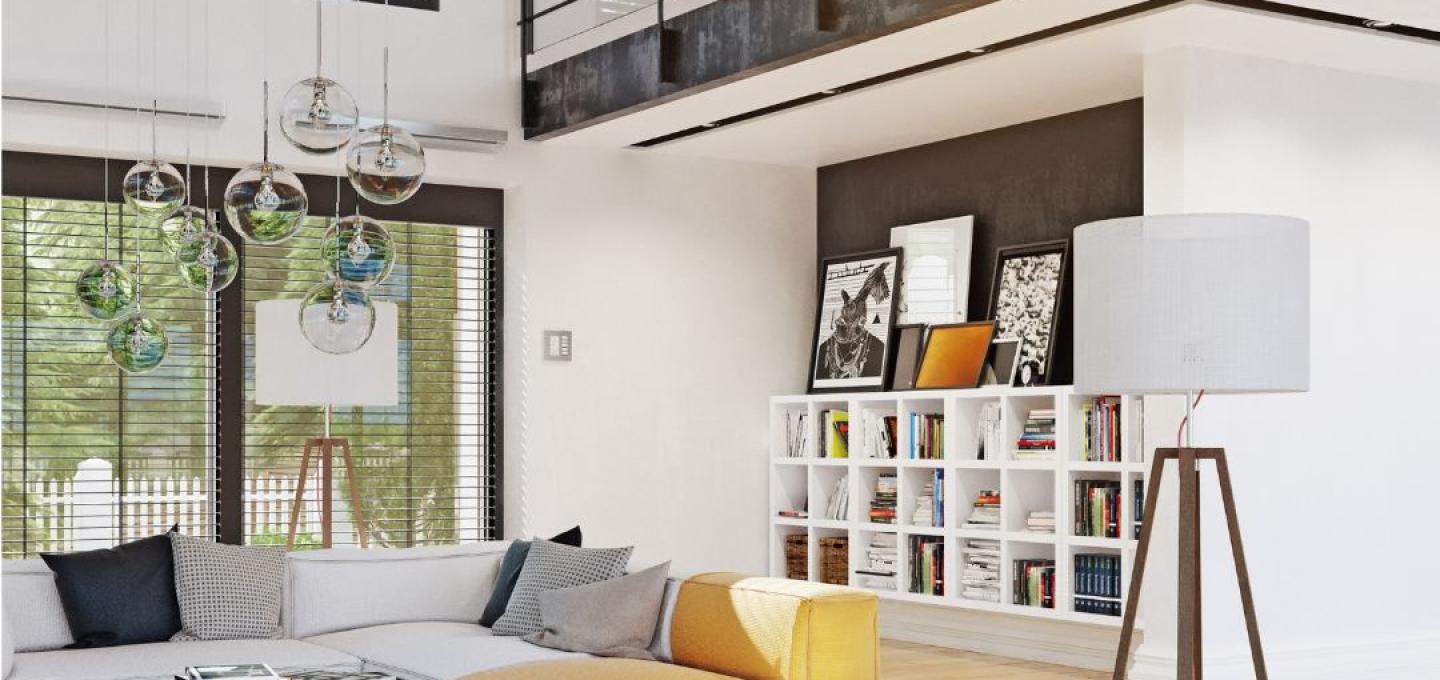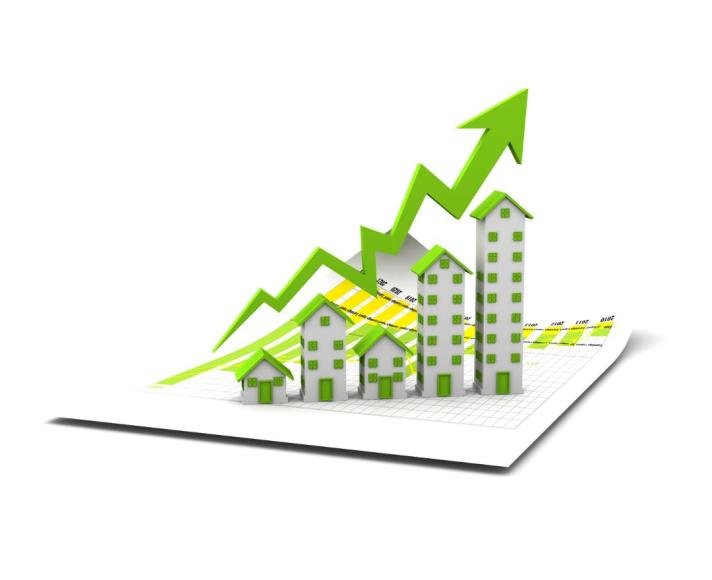
Prefab — An Innovative Approach to Construction
All of us want to make our homes the coziest place in the world, where peace and joy will reign. This is why anyone who is planning a construction project thinks about the best way to do everything quickly, and cost-effectively, while not compromising on quality. In this case, Prefab technology comes to the rescue. At its core lies the concept that individual elements of a building are created at factories off-site, using high-quality industrial equipment. Then all the parts are delivered to a prepared site for assembling the house in accordance with a pre-agreed design.
Prefabricated buildings are a burgeoning trend in modern European architecture. People living in such houses are closer to nature and energy efficiency.
How are Prefab houses made?
The process of creating a modular house consists of several stages:
Drawing up an architectural project. Determining the house's appearance, the number of floors, and rooms.
Manufacturing parts of the future building at a production facility.
Delivery to the place of future assembly by transport. The number and type of vehicles depend on the size of the house modules.
Assembling on the prepared foundation. Typically, it is carried out on the same day as delivery.
Connecting the house to external engineering networks. The panels are manufactured from environmentally friendly certified materials at a factory.
Key Advantages
A distinctive feature of modern prefabricated houses is their unique architecture. Most prefabs of today have elements of minimalism, futurism, modernism, and postmodernism. These houses look unique and very modern. A prefabricated house has plenty of advantages.
Pre-manufacturing at a wood processing plant.
Short construction time.
High level of energy efficiency.
A good level of energy saving.
Cost savings on foundation arrangement
Prefab technology makes it possible to erect buildings with high thermal conductivity and energy efficiency, allowing the operation of the building with minimal heat loss and costs. Through minimization of environmental disturbance at the site, careful control of material resources and construction waste, as well as competent planning of assembly and disassembly operations, prefab technology greatly reduces the negative impact on the environment. Prefabrication eliminates the need to transport concrete to the location of the house construction, mixing and pumping the mortar on a congested construction site. Prefab houses allow their future owners to enjoy a proper home created in accordance with a professional design project in high-quality industrial conditions. Factory assembly means that all parts are manufactured to the highest possible quality standards by experts in their field. However, one should carefully consider which manufacturer to choose. Sipex is one of the best.
Advantages of Sipex
Sipex is an international leader, and our team has over 16 years of experience globally. We are an industrial manufacturer of all types of construction insulation panels. This allows us to offer comprehensive services to even the most demanding customers. All materials are manufactured in an environmentally friendly manner with very low CO2 emissions. This allows us to create construction elements safe for the environment and environmentally friendly.
A Sipex prefabricated house has a unique design and engineering concept of a PREFAB-HOUSE residential building with perfect comfort and potential for increasing the usable area.
Our mission is to ensure that your home is truly comfortable, pleasant, and safe. Customer care is our highest priority. We are always striving to improve the quality of our products and demand the same from our suppliers and partners. Our professional experience in designing and manufacturing house assemblies, precise equipment used to produce every part, flexible and comprehensive service, high-quality materials, finest components, and a love of architecture and design are the keys to Sipex's success.



